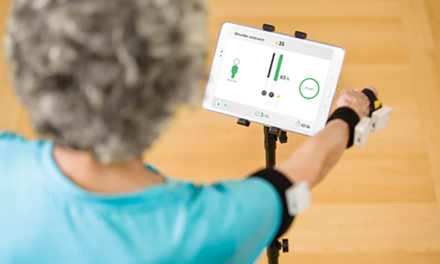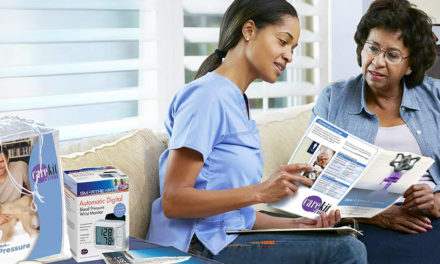Affecting more than 75% of all residents in Long Term Care within the United States, Urinary Incontinence (UI) is an important topic to understand before taking steps to address it (CDC, 2014). Most importantly, the dangers of UI are both physical and mental. Physically, an incontinent resident may have an increased risk for falls, skin impairment and infection. The emotional toll can be even greater – self-consciousness can lead to embarrassment, depression and social isolation.
Addressing this serious issue in your community requires inter-professional collaboration and a team approach. The following tips can help your team tackle UI holistically and tailor interventions to the individual needs of the resident. Remember, not all urinary incontinence is permanent and many residents can experience reduced episodes, reduced risk of infection and improved quality of life with a focused, team approach.
1: Avoid making assumptions
Despite popular belief, UI is not a normal part of aging. For many residents, this condition is avoidable, treatable and in some instances, reversible.
2: Get ahead of the problem
Assess for UI upon admission to the community. This could include interviewing the family to understand prior voiding habits and behaviors, interviewing the resident and using a bladder ultrasound device for the first few days to determine post-void residuals and toileting patterns of each individual resident.
Beyond admissions exams, it is also important to establish organizational protocols for addressing UI with residents. Procedures for assessment, developing interventions and communication strategies should be considered.
3: Educate staff
Expand UI education beyond nursing staff. Other team members can be crucial in the success of a UI program, including physical therapy, occupational therapy, social work, activities and environmental services.
Teaching residents and families about UI can help them better understand the condition, treatment and goals.
4: Reduce unnecessary catheterizations
Traditionally, the only way to assess for post-void residual was through catheterization. Introducing organisms to the urinary tract via catheterization increases the risk for UTIs and should be avoided if possible – especially when other solutions might be more effective.
For most residents, using a bladder ultrasound to determine post-void residuals (PVR) can help you make more informed decisions. While a typical PVR volume is usually 5 to 10 mL, results can vary and should be interpreted on an individual basis. PVR gives you data to help determine whether catheterization is the optimal solution for your residents.
5: Develop a bladder behavior management program
Tracking voiding patterns with the help of a bladder scanner provides you with information about the resident’s habits, allowing staff to more accurately predict when a resident may need assistance going to the toilet. Using a bladder scanner even when the resident doesn’t feel the need to go can also help them remember sensations in their body and recognize when they need to void.
Implementing these steps
Improving knowledge about urinary incontinence, using bladder scanning technology and developing organizational best practices are important elements to effectively handle UI in your community. Direct Supply offers a number of product solutions that can help, including bladder scanners like the Attendant Prodigy Bladder Scanner.
Promote Dignity with Discreet Incontinence Supplies
With a selection of comfortable and absorbent adult diapers and briefs, Direct Supply has everything you need to address incontinence in your community. In addition to popular undergarments, we also offer underpads and wash wipes that can be used throughout your buildings.
Learn more about the benefits of bladder scanners or contact your account manager for a consultation to determine what product solutions might be right for you.
Prevalence of Incontinence Among Older Americans. Centers for Disease Control and Prevention – National Center for Health Statistics. Vital Health Stat 3(36). 2014.




